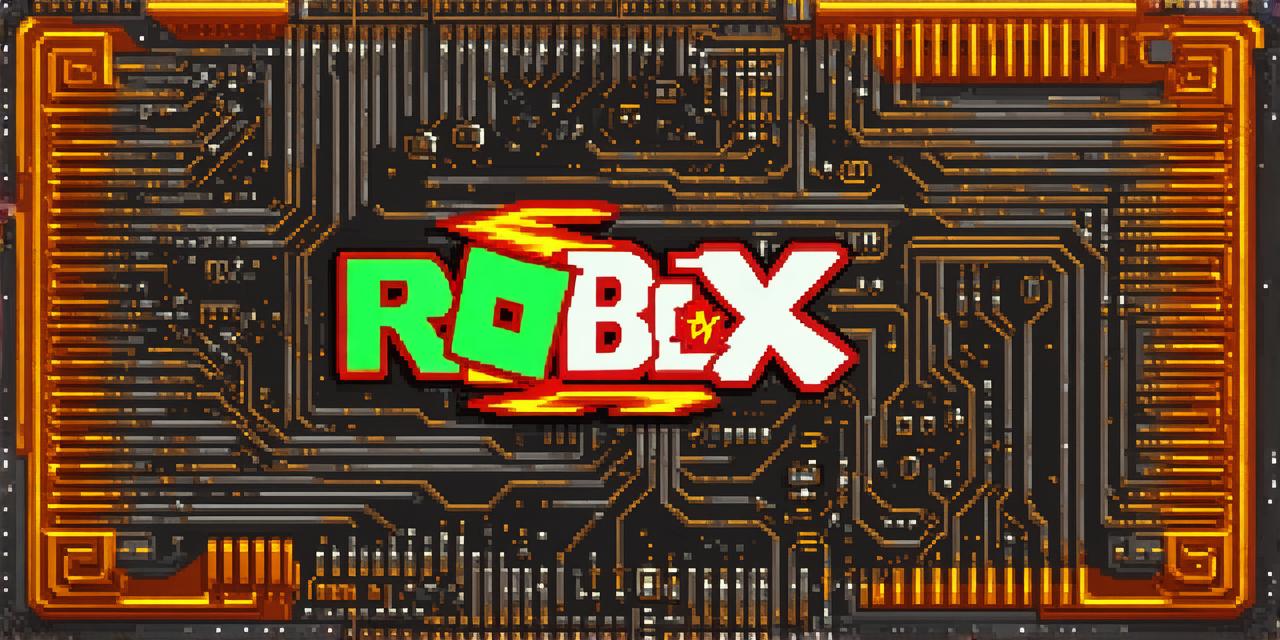How to excel in HC games development?
<!DOCTYPE html>
In recent years, health and care (HC) games development has become an increasingly popular field.
These games are designed to help individuals improve their physical and mental well-being by incorporating gameplay elements into the experience. Whether you are a beginner or an experienced game developer, there are several strategies that you can use to excel in this industry. In this article, we will explore some of these tips and tricks to help you succeed.
1. Understand Your Target Audience
Before you start developing your HC game, it’s important to understand who your target audience is. This will help you tailor the game’s features and content to meet their specific needs and preferences. For example, if your game is designed for seniors, you may want to include more relaxing activities like yoga or meditation. On the other hand, if your game is aimed at children, you may want to focus on educational games that teach them about healthy habits.
2. Conduct Research and Experiments
Before developing your HC game, it’s important to conduct research to understand what works and what doesn’t. You can do this by experimenting with different gameplay mechanics, features, and content. For example, you may want to test out different types of physical activities like jogging or swimming to see which one is more popular with your target audience.
3. Use Gamification Techniques
Gamification is the process of incorporating gameplay elements into non-game contexts to make them more fun and engaging. In HC games development, gamification techniques can be used to motivate users and keep them coming back for more. For example, you may want to include achievements or badges that users can earn by completing certain tasks or reaching milestones.
4. Collaborate with Experts in the Field
There are many experts in the field of HC games development who can provide valuable insights and guidance. For example, you may want to collaborate with fitness coaches or nutritionists to create content that is scientifically backed and effective. By working with experts in the field, you can ensure that your game is both fun and informative.
5. Test Your Game with Real Users
Before launching your HC game, it’s important to test it with real users to get feedback on its usability and effectiveness. You can do this by conducting user testing sessions or surveys. This will help you identify any areas where the game may need improvement and make necessary changes to enhance the user experience.
Case Study: “MyFitnessPal”
MyFitnessPal is a popular HC game that helps users track their food intake and monitor their exercise levels. The app uses gamification techniques like badges, challenges, and progress tracking to motivate users and keep them engaged. Additionally, MyFitnessPal collaborates with nutritionists and fitness coaches to provide users with scientifically backed content and advice. By incorporating these strategies, MyFitnessPal has become one of the most popular HC games on the market.
FAQs
What are some common mistakes that people make when developing HC games?
One common mistake is failing to understand the target audience’s needs and preferences. Another mistake is not incorporating gamification techniques to keep users engaged. Additionally, neglecting to test the game with real users can result in a poor user experience.
Summary
Developing an HC game can be a rewarding and challenging experience.


